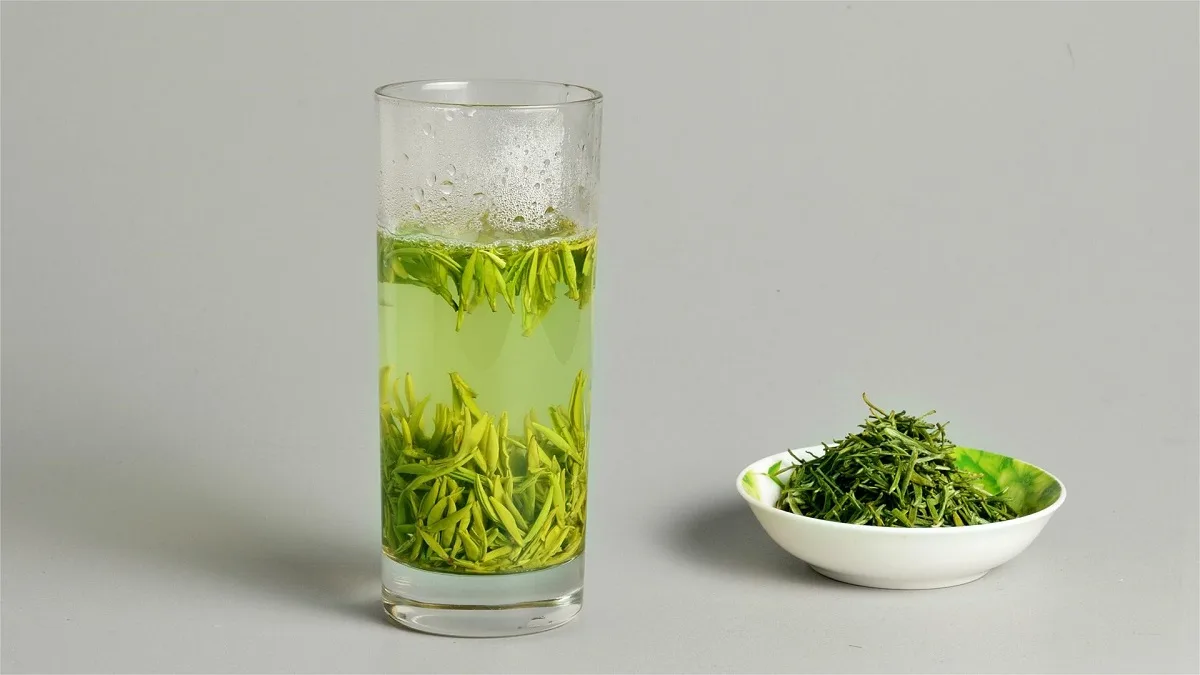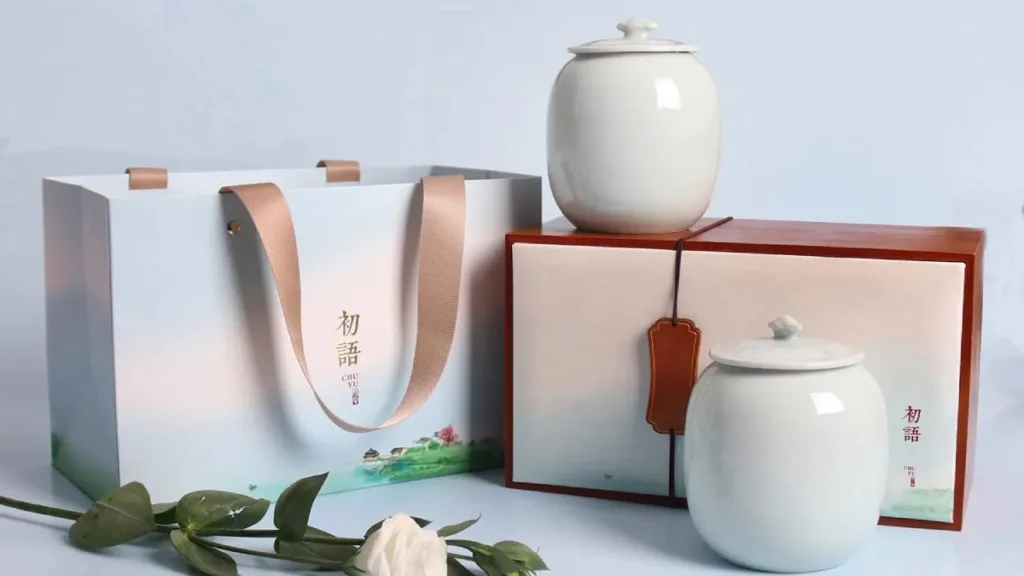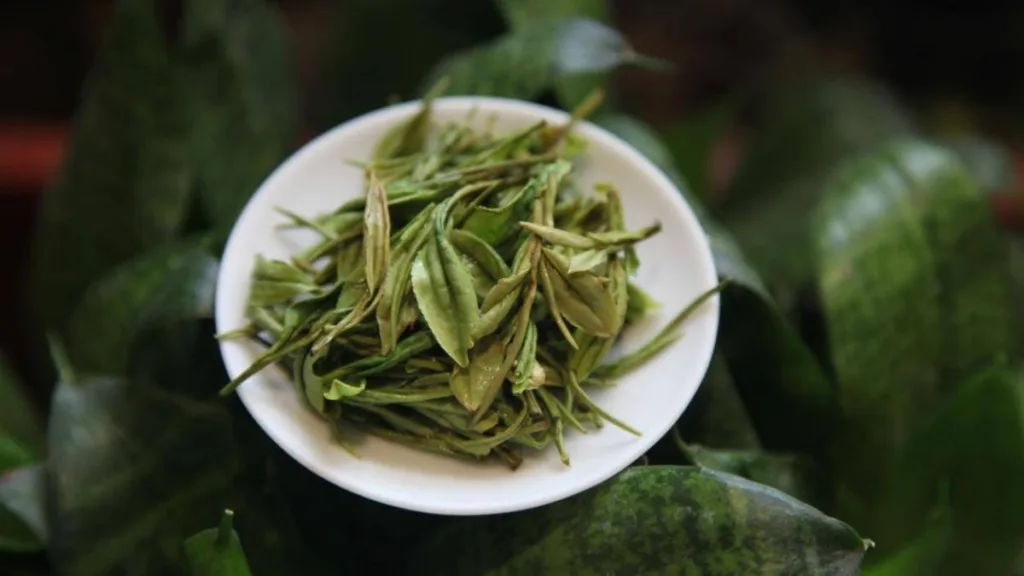Chinese green tea is one of the most popular types of tea in China, and it comes in various grades, which are used to classify and differentiate the quality of the tea. These grades range from the highest to the lowest, typically classified as Special Grade, Grade 1, Grade 2, Grade 3, all the way to Grade 10. Among these, Special Grade to Grade 3 are considered high-quality teas suitable for gifting and personal consumption. Grades 4 to 7 fall into the mid-range category and are commonly used for daily home consumption, as well as for serving in better-quality tea houses, restaurants, and hotels. Grades 8 and below are often used in regular restaurants, hostels, and tea stalls for making large pots of tea to quench thirst and relieve heat. However, Grades 9 and 10 are usually considered of such low quality that they are either no longer produced or their grade is not specified.
In the realm of high-quality green tea, further divisions may occur based on the need for precision. Terms like “Special Grade AAA,” “Grade 1 A,” or “Grade 3 AAA” can be used to classify teas within the broader grades. In addition to the national grading system, Hangzhou, a city known for producing high-quality green tea, has added an additional grade called “Premium,” which ranks above Special Grade. The quality of this tea is exceptional. It’s important to note that not all tea will bear a grade label, as only teas with more elaborate packaging, such as tinned, bagged, or boxed teas, typically have such designations. While these teas can be trusted for their quality, it’s not a guarantee that tea with simple packaging is of lower quality. Therefore, for those who enjoy exploring different brands and types of tea, further judgment may be necessary. This is especially true when purchasing loose-leaf tea from tea shops, where tasting the tea in person is the most reliable way to judge its quality. In such cases, understanding the basis for grading green tea can be helpful.
Basis for Grading: Evaluating the quality of tea largely relies on experience and personal preferences. Although the national standards for grading tea are quite detailed, the grading criteria, such as taste, aroma, sweetness, and astringency, still rely heavily on individual perception and experience. Therefore, the best tea is the one you personally enjoy drinking. Many people appreciate the slight astringency in green tea because it leads to a pronounced aftertaste, a stronger tea flavor, and better heat relief. For those with this preference, mid-range teas may be favored. This doesn’t mean that lower-graded teas are necessarily “bad”; it’s more about the level of craftsmanship. Generally, the grading criteria for green tea are as follows:
- Fine Tea Leaves: Green tea is known for its delicate leaves. The finer, more fragrant, clearer, and sweeter the brew, the higher the grade. When examining the leaves, you’ll find they are often very small, sometimes consisting of just one bud and one leaf or one bud and two leaves. However, it’s important to be aware that some people might grind coarser tea leaves into smaller particles after the tea leaves have been fixed. This can make it difficult to judge the quality of the tea based on appearance alone, making it essential to observe the tea leaves after steeping. This is why experienced tea enthusiasts often request a sample to be brewed by the tea vendor, both for tasting and to check the appearance of the tea leaves at the bottom of the cup.
- Limited Reinfusion: Because of the small size of tea leaves, the flavor is not very strong, and the leaves cannot be steeped too many times. Usually, two or three infusions are the maximum.
- Strong Aroma: The more fragrant the tea, the higher the quality. Green tea is all about having a strong aroma.
- Clear and Bright Liquor: Since fine tea leaves are used, and excessive impurities are removed during processing, the tea liquor is naturally clear and bright.
- Fresh Green Color: The color of the tea leaves often indicates when they were harvested. Similar to observing the color of leaves in nature, freshly sprouted leaves are somewhat yellowish, followed by a vibrant green color as they grow, with the green color becoming more prominent in the summer. In autumn, the leaves start turning yellow. Therefore, when buying green tea, it’s best to look for tea with a fresher, more vibrant green color.
- Sweet Flavor: Due to the young age of the tea leaves used in fine green teas, the flavor is mild, and you may need to use more tea leaves to achieve a stronger flavor. However, this also means that fine green teas are less astringent and often possess a subtle sweetness, which is a key element of tea tasting.
Using the criteria mentioned above, high-quality green tea is characterized by a fresh green color, a clear and bright liquor, fine tea leaves, a strong aroma, and a sweet flavor. On the other hand, a lower-grade green tea may have a deeper green color, a more intense flavor, a cloudy liquor, and a slight astringency. Both have their unique characteristics, and it’s a matter of personal preference which one you prefer. However, if the tea has a very dark green color, a murky liquor, and a bitter astringency, it likely falls outside the aesthetic standards for green tea and should be avoided.



